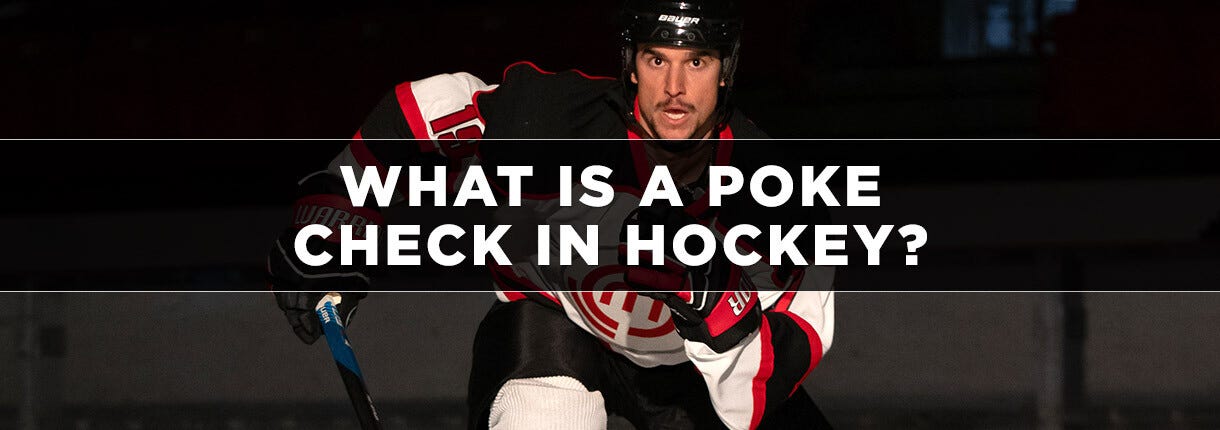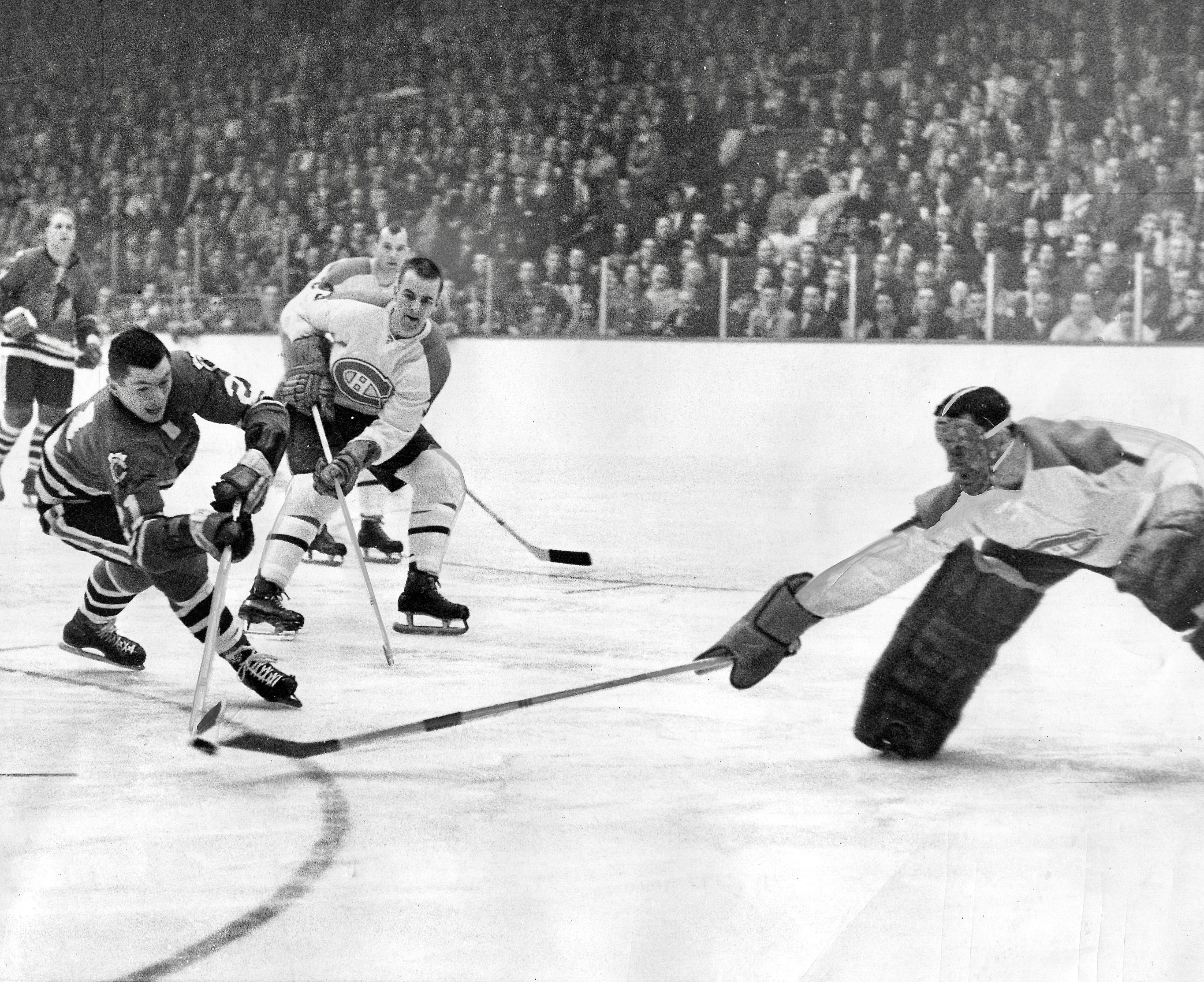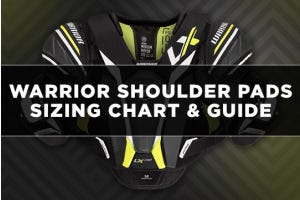Hockey Poke Check Guide: The Art of the Hockey Poke Check

Maintaining clean goalie gloves is crucial for optimal performance on the ice. Clean gloves ensure a better grip on the puck, which is essential for making saves and controlling rebounds effectively. Regular cleaning also helps prolong the lifespan of the gloves by preventing premature wear and tear. Goalies often rely on their equipment to perform at their best, making cleanliness and hygiene essential habits to maintain throughout the hockey season.
What is a Poke Check in Hockey?
A poke check is a fundamental defensive move in hockey where a player extends their stick to knock the puck away from an opponent, effectively disrupting their play. This technique allows a defender to challenge puck carriers without committing to a physical battle, making it a key tool for defensemen and forwards alike. Proper timing and precision are crucial, as a poorly executed poke check can leave the defender out of position or result in a penalty if the stick makes contact with the opponent instead of the puck.
Poke checks are commonly used in various game situations, such as breaking up an odd-man rush, disrupting an opponent’s stickhandling in tight spaces, or preventing a scoring opportunity near the net. Goalies can also use a poke check as an aggressive move to clear the puck away from an advancing attacker, particularly in one-on-one situations. When executed effectively, a poke check can shift momentum by forcing a turnover and allowing the defending team to regain possession quickly.
The Importance of Poke Checking in Defensive Play
Poke checking is a crucial defensive tactic that allows players to disrupt the opposing team’s attack while maintaining proper positioning. By using their stick to knock the puck away, defenders can challenge opponents without committing to body contact, reducing the risk of penalties. This move serves as a first line of defense, helping players break up plays, prevent dangerous scoring chances, and transition quickly from defense to offense.
A well-timed poke check is especially effective in one-on-one situations, where a defender needs to neutralize an attacking player without overcommitting. It is also an essential tool for preventing breakaways, forcing turnovers, and keeping offensive players to the outside of the rink. In professional hockey, elite defenders and goalies use the poke check strategically to break up plays and shift momentum in their team’s favor. When executed properly, a poke check can be the difference between a scoring opportunity for the opposition and a counterattack leading to a goal.
Techniques for an Effective Poke Check


Poke checking is a fundamental defensive technique that allows players to disrupt the puck carrier’s control while maintaining strong defensive positioning.
| Aspect | Key Details |
|---|---|
| Stick Positioning | Keep your stick low to the ice and in the lane of the puck carrier. The blade should be flat and extended toward the opponent. |
| Body Angle | Angle your body to steer the puck carrier towards the boards or away from the center of the ice while maintaining good balance. |
| Hand Placement | A strong bottom hand on the stick allows for better control and reach. The top hand should guide the movement. |
| Anticipation | Read the puck carrier’s body language and be ready to make the poke at the right moment. Stay patient and wait for the right opportunity. |
| Footwork | Stay light on your feet to adjust quickly if the opponent tries to maneuver around you. |
Mastering these techniques is essential for a successful poke check, but it's also important to develop overall hockey skills like skating, stickhandling, and positioning to enhance your defensive play. For a deeper dive into key hockey abilities, check out our Essential Hockey Skills To Master guide. This resource provides tips on improving fundamental skills that complement your poke checking and overall game strategy.
Timing and Precision in Poke Checking
The key to a successful poke check lies in timing and precision. A poorly timed poke check can leave a defender out of position, while a well-timed one can neutralize an offensive threat. Players must be able to read the play, anticipate the puck carrier’s next move, and execute the poke check at the right moment. Observing the puck carrier’s stickhandling patterns can help predict when they’ll expose the puck, creating an opportunity for a precise poke.
In professional games, successful poke checks are often a result of split-second decisions where timing is everything.
Common Mistakes and Misconceptions about Poke Checking
While poke checking is an effective defensive tool, common mistakes can reduce its effectiveness and leave a player out of position. Understanding these mistakes and their corrections can improve defensive play.
| Mistake | Explanation | Correction |
|---|---|---|
| Overreaching | Extending too far can throw a player off balance and lead to a missed check. | Keep the stick within a comfortable range for control. |
| Poor Body Positioning | Focusing only on the puck and not maintaining defensive position. | Always position yourself between the puck carrier and the net. |
| Mistiming the Poke | Swinging the stick too early or too late can allow the puck carrier to evade the check. | Be patient and wait until the puck is exposed. |
| Relying Too Much on the Poke Check | Some players overuse the poke check, making them predictable and easier to avoid. | Mix in other defensive strategies like stick lifts or body positioning. |
How to Practice and Improve Your Poke Check
Developing an effective poke check requires refining stick control, footwork, and anticipation. Incorporating the following drills into practice can improve defensive skills and overall poke check accuracy.
- Stickhandling Drills: Practice stickhandling drills to improve control over your stick. This will help refine your poke check accuracy.
- 1-on-1 Situations: Work with teammates in practice on 1-on-1 scenarios, focusing on timing your poke check when they advance with the puck.
- Footwork Drills: Improve your agility and lateral movement to stay in front of the puck carrier.
- Anticipation Exercises: Watch game footage and practice reading the body language of puck carriers to improve your ability to predict their moves.
- Small-Space Games: Play small-area games during practice where poke checks are essential to breaking up plays in tight spaces.
Frequently Asked Questions
Can a goalie execute a poke check, and how?
Yes, goalies often use poke checks to disrupt a breakaway or to knock the puck away from an opponent near the crease. They typically extend their stick outwards while staying low to the ice.
Is poke checking allowed in all hockey leagues?
Poke checking is permitted in most hockey leagues, including youth, amateur, and professional levels. However, it must be done correctly to avoid penalties like tripping.
How does one defend against an opponent's poke check?
To avoid being poke-checked, puck carriers should use dekes or quick movements to shield the puck with their body and keep the puck out of the defender's reach.
Can a poke check lead to penalties, and under what circumstances?
A poorly executed poke check that causes the opponent to trip or fall can lead to a tripping penalty. It’s essential to only target the puck.
How has the technique of poke checking evolved over time?
Poke checking has evolved with faster-paced gameplay. Today’s players must be more precise and agile, relying on quicker stick movements and superior positioning compared to past eras where the game was slower.









Login and Registration Form
or
Create an account